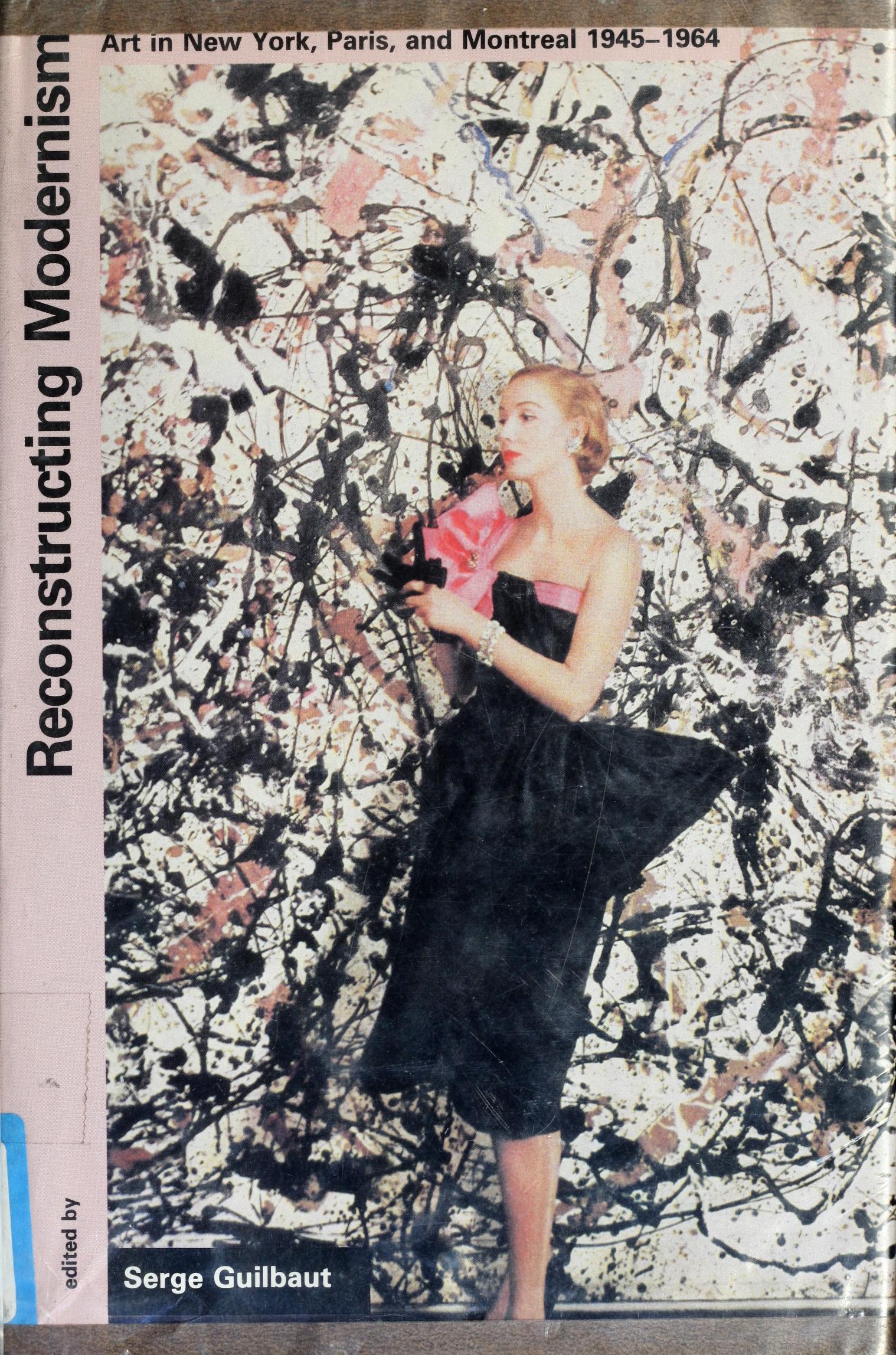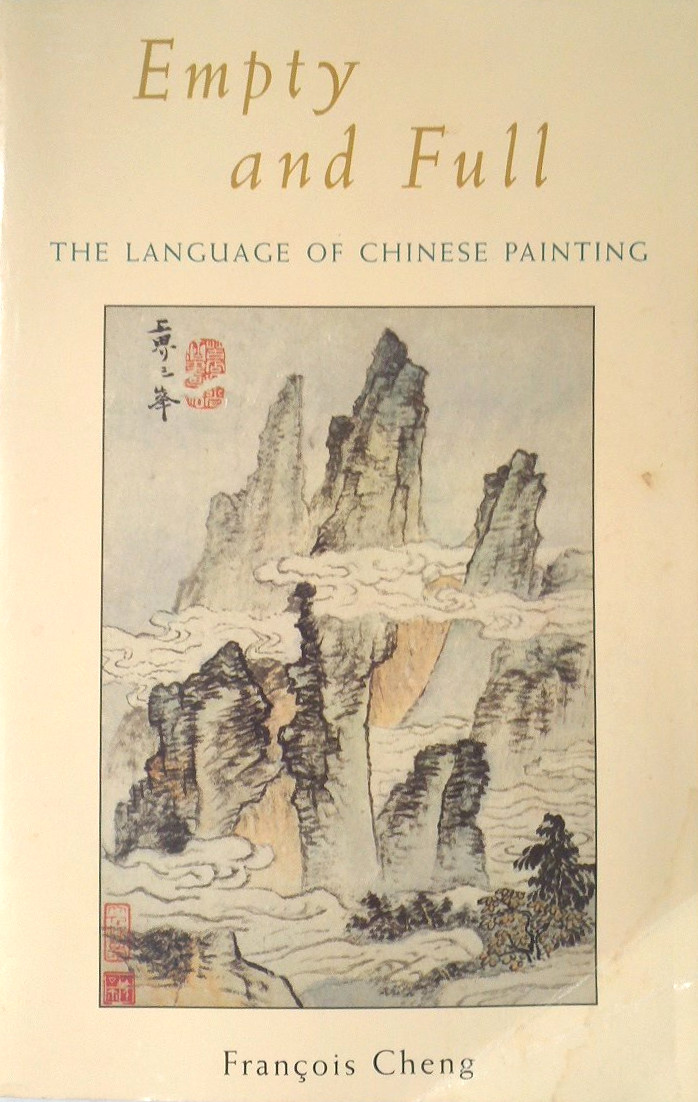Alfred H. Barr, Jr.: Cubism and Abstract Art: Painting, Sculpture, Constructions, Photography, Architecture, Industrial Art, Theatre, Films, Posters, Typography (1936)
Filed under book, catalogue | Tags: · abstract art, abstraction, architecture, art, art history, avant-garde, constructivism, cubism, dada, design, expressionism, fauvism, film, futurism, impressionism, painting, photography, sculpture, suprematism, surrealism, theatre, typography

The catalogue of the first MoMA’s retrospective of modernism, held 2 March-19 April 1936, laid the theoretical foundation of the museum. Its jacket contains a notorious chart of modernist art history, the Diagram of Stylistic Evolution from 1890 until 1935.
“The catalogue remains an important historical document (as does that for Fantastic Art, Dada, Surrealism). It set abstraction within a formalist framework that—ignoring the intellectual byways of French symbolism, German idealism, and Russian Marxism of the previous thirty years—was shaped by the scientific climate that had started a century before. … The exhibition together with the widespread dissemination of its influential catalogue, established Cubism as the central issue of early modernism, abstraction as the goal.” (Sybil Gordon Kantor, 2003)
The exhibition later traveled to another 7 cities: San Francisco, Cincinnati, Minneapolis, Cleveland, Baltimore, Providence, and Grand Rapids.
Publisher Museum of Modern Art, New York, 1936
249 pages
via MoMA
Commentary: Meyer Schapiro (Marxist Quarterly, 1937), Susan Noyes Platt (Art Journal, 1988), Astrit Schmidt Burkhardt (Word & Image, 2000).
Publisher (incl. master checklist and press releases)
WorldCat
PDF (47 MB)
Comment (1)Serge Guilbaut (ed.): Reconstructing Modernism: Art in New York, Paris, and Montreal 1945-1964 (1990)
Filed under book | Tags: · 1940s, 1950s, 1960s, abstract art, abstract expressionism, abstraction, art history, modernism, neo-dada, painting

“These essays reopen the case of postwar abstraction. They constitute a dialogue among historians, critics, painters, and art historians that allows not only new readings of specific art works but also a new understanding of the reception of art in the postwar Western world.
Reconstructing Modernism takes up the complex relationship between art and politics in the postwar years, debating the reasons for the simultaneous development in Paris, Montreal, and New York of a type of ‘hot’ expressionist painting–variously called abstract expressionism, abstraction lyrique, automatisme–and its replacement by neodada and neocold abstraction in the early 1960s. Well-known works by Pollock, Warhol, Soulages, Fautrier, Rauschenberg, and Gabo are reassessed, and their meaning is reappraised according to the larger international artistic and political discourse.
The contributions cover a wide range of issues. Timothy J. Clark, Thierry de Duve, Constance Naubert-Riser, and Thomas Crow focus on specific works of major artists of the period. Laurie J. Monahan, Serge Guilbaut, and Benjamin H. D. Buchloh look at art production in relation to particular aspects of the Cold War. Jean Baudrillard and François-Marc Gagnon discuss the effects of the international situation on the arts in general. John Franklin Koenig describes the experience of an American artist working in Paris after the war. John O’Brian relates the impact and the reception of Matisse’s work in New York, and Lary May discusses the transformation of Hollywood during the McCarthy era.”
Publisher MIT Press, 1990
ISBN 0262570920, 9780262570923
418 pages
PDF (146 MB)
Comment (0)François Cheng: Empty and Full: The Language of Chinese Painting (1979–) [ES, EN]
Filed under book | Tags: · art criticism, art history, china, painting, philosophy, semiotics

“Chinese painting might be called ‘philosophy in action,’ for it is one of the highest expressions of Chinese spirituality. Both a medium for contemplation leading to self-transcendence and a microcosm embodying universal principles and primal forces, it is a means for making manifest the Chinese worldview. At the heart of this worldview is the notion of emptiness, the dynamic principle of transformation. Only through emptiness can things attain their full measure and human beings approach the universe at the level of totality. Focusing on the principle of emptiness, François Cheng uses semiotic analysis and textual explication to reveal the key themes and structures of Chinese aesthetics in the practice of pictorial art. Among the many Chinese writers, poets, and artists whose writings are quoted, he gives special emphasis to a great Ch’ing dynasty theoretician and painter, Shih-t’ao. Twenty-seven reproductions of the words of Shih-t’ao and other masters illustrate the interpretive commentary.”
First published as Vide et plein: le langage pictural chinois, Seuil, Paris, 1979.
Translated by Michael H. Kohn
Publisher Shambhala, Boston and London, 1994
ISBN 0877739560, 9780877739562
ix+158 pages
via doublr
Vacío y plenitud (Spanish, trans. Amelia Hernandez and Juan Luis Delmont, 1985/93, 13 MB, via Amir Brito)
Empty and Full (English, trans. Michael H. Kohn, 1994, 8 MB)

